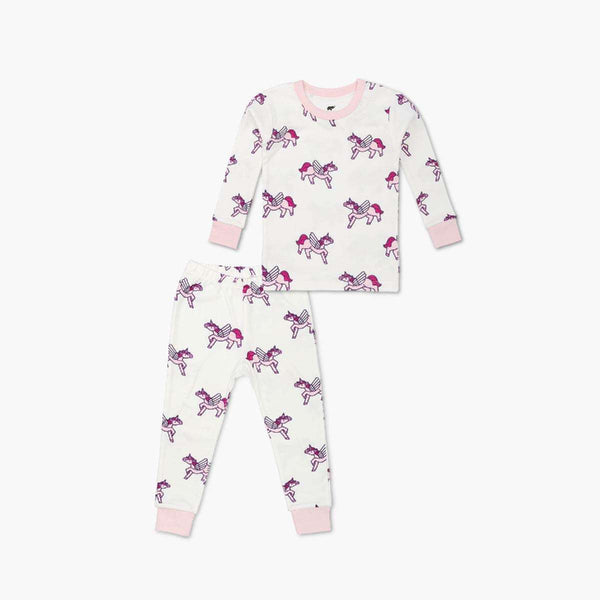It Starts at Home: How To Raise Anti-Racist Children

Addressing race and racism with children can be a daunting task and easy to avoid, but research shows that the earlier and more often we normalize our differences, the better we can raise racially conscious children.
We called on our resident pediatrician, Dr. Payal Adhikari, M.D. to weigh in on the first steps we as parents can take with our children.
“Children are born viewing all races equally, but by as early as 3 months, they begin to prefer faces that resemble their caregivers,” said Dr. Payal Adhikari. “By 2 years old, they’ve started to predict behaviors based on race and by age 2.5, they may choose playmates based on race. By kindergarten, kids are associating certain groups with higher social status. Bottom line: Kids see in color.”
Dr. Payal points out that as every child is different, parents should approach their child in the way that they see fit for their age and personality. And as always, if you have any questions specific to your child and how to approach the subject, your personal pediatrician is always a good place to start.
“Talking to kids about race and racism is an itch that isn’t always easy to scratch,” says Dr. Payal. “But I truly believe that the world will be a better place if we all just scratch a bit.”
Bottom line is it’s never too early to start the conversation. And, it all starts at home.
Read on for a few of Dr. Payal's tips to raising anti-racist children and some of her favorite books and resources to check out:
Expose your children to different types of people
If your neighborhood or social circle isn’t very diverse, kids will quickly get comfortable with what is familiar to them, and weary of things that are unfamiliar. Visit restaurants, plan a park playdate or join classes in different neighborhoods. Buy your children toys and dolls of different shades, and watch diversity promoting shows, such as Sesame Street.
Acknowledge and normalize differences
Children are observant little creatures. Allow them to freely express differences and talk about why they exist. Start small and ask things like, “why is this egg brown and this egg white?”.
For example, if your child asks about why someone’s hair or skin looks a certain way, explain it concretely. Tell them something alon the lines of “Melanin makes skin different colors. The more melanin you have, the darker your skin will be”, and follow with a positive statement such as “Look, you have more melanin than me, and I have more melanin than Daddy! Isn’t that fun?”
Take an active approach to celebrating differences
Celebrating culture can be a fun way to expose children and teach them about differences in the world. For example, our neighbors are Jewish, and they dropped off some Hamantaschen cookies for Purim. We used the sweet treats to talk about Judaism, and then returned the favor by making mango lassis for them. While it’s not always the healthiest habit, it’s a fun and relatable way for everyone to learn about different cultures (and their food!).
Have the hard talk and acknowledge injustice
Teach your children about the history, including stories of inequity and subsequent success. For example, you can talk about Harriet Tubman, her experiences and the many people who helped her with her cause. If your child experiences injustice, take the time to validate their feelings. Let them know that what happened was in fact wrong, but that there are many people who support what’s right.
Top Book Picks To Support Conversations on Race
- The Name Jar by Yangsook Choi (Age: 4-7)
- Everyone Matters by Pat Thomas (Age: 4-7)
- Same, Same but Different by Jenny Sue Kostecki-Shaw (Age: 4-7)
- Lailah’s Lunchbox: A Ramadan Story by Reem Faruqi (Age: 5-8)
- Marisol McDonald Doesn’t Match by Monica Brown (Age: 4-8)
- Little Feminist Board Books by Mudpuppy (Age: Baby-5)
- We’re Different, We’re the Same by Bobbi Kates (Age: 3-7)
Additional resources for continued learning
About Dr. Payal D. Adhikari, MD

Dr. Payal is a graduate of Northwestern University (BS) and Chicago Medical School (MD). She completed her pediatric residency at Rush Children’s Hospital, is board certified in Pediatrics and is a Fellow of the American Academy of Pediatrics. She resides in Chicago with her husband and two little ones and is a regular digital contributor to Monica + Andy and teaches the Monica + Andy Newborn 101 class to expecting + new moms in Chicago.














